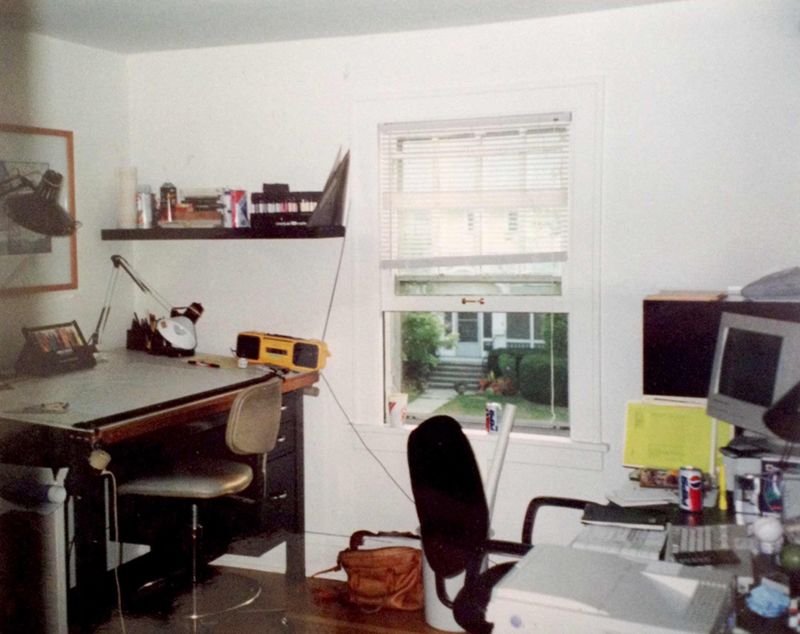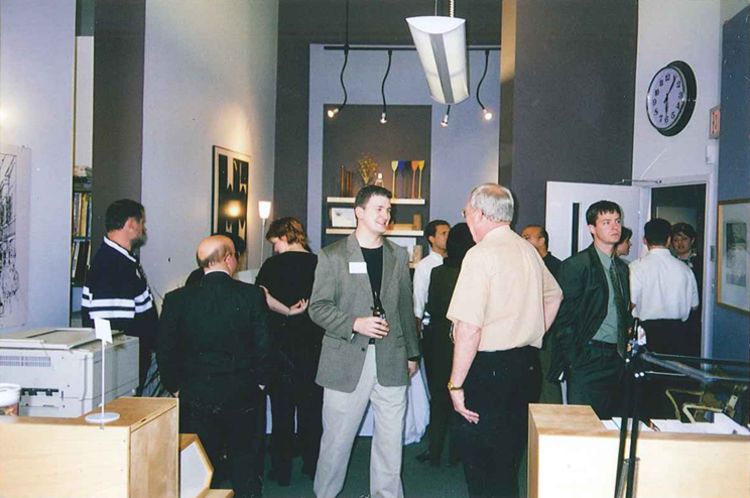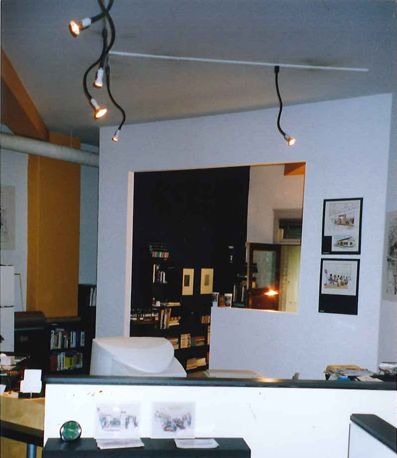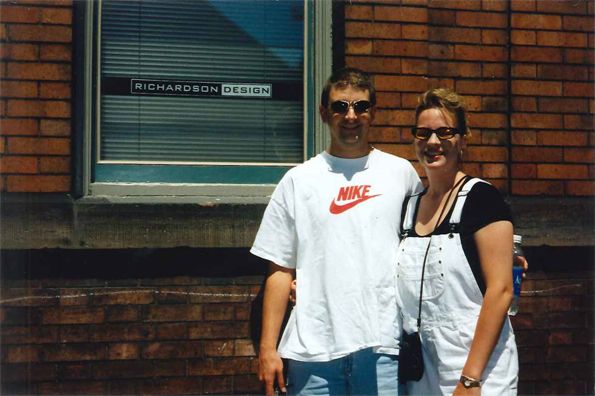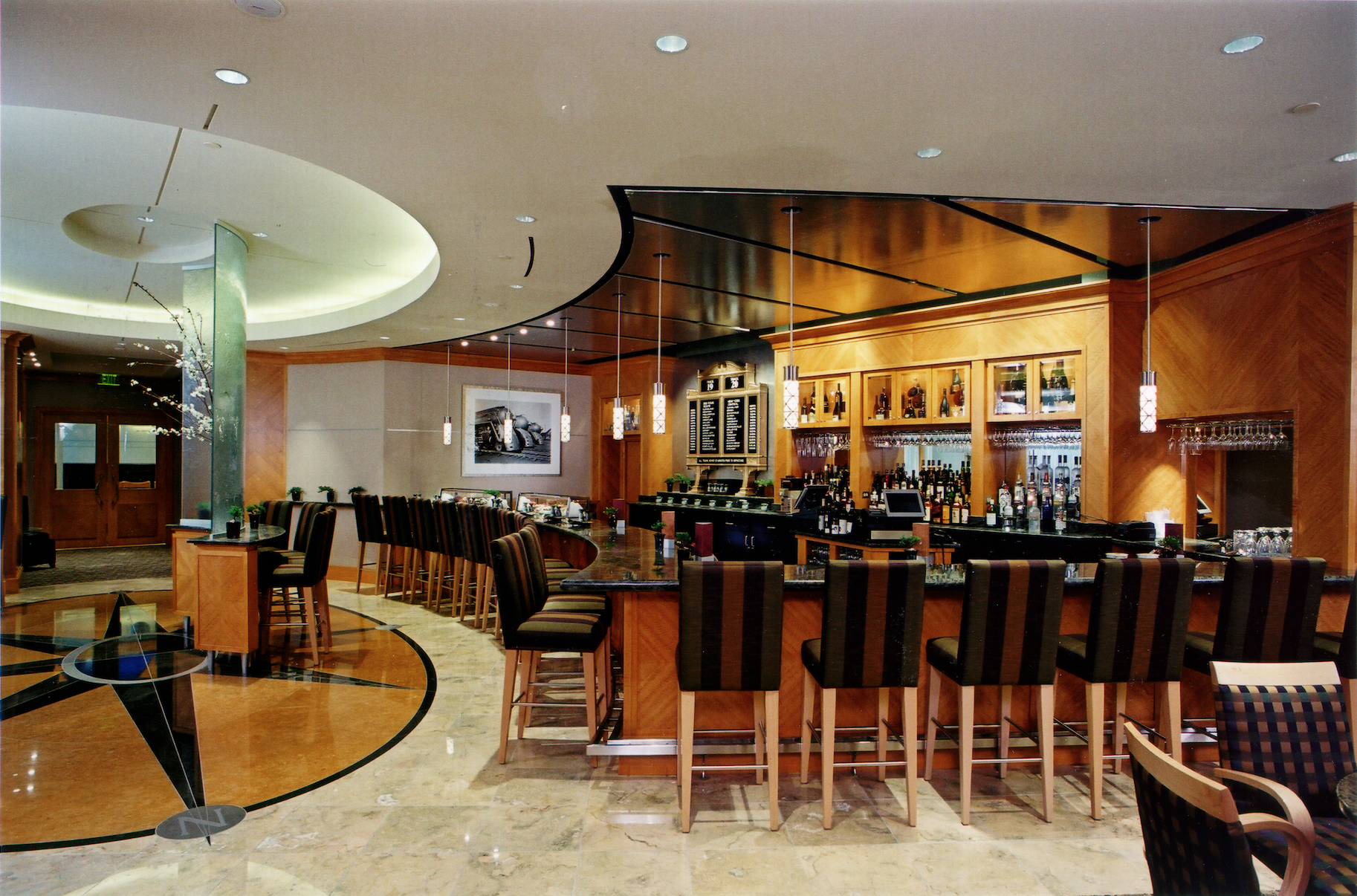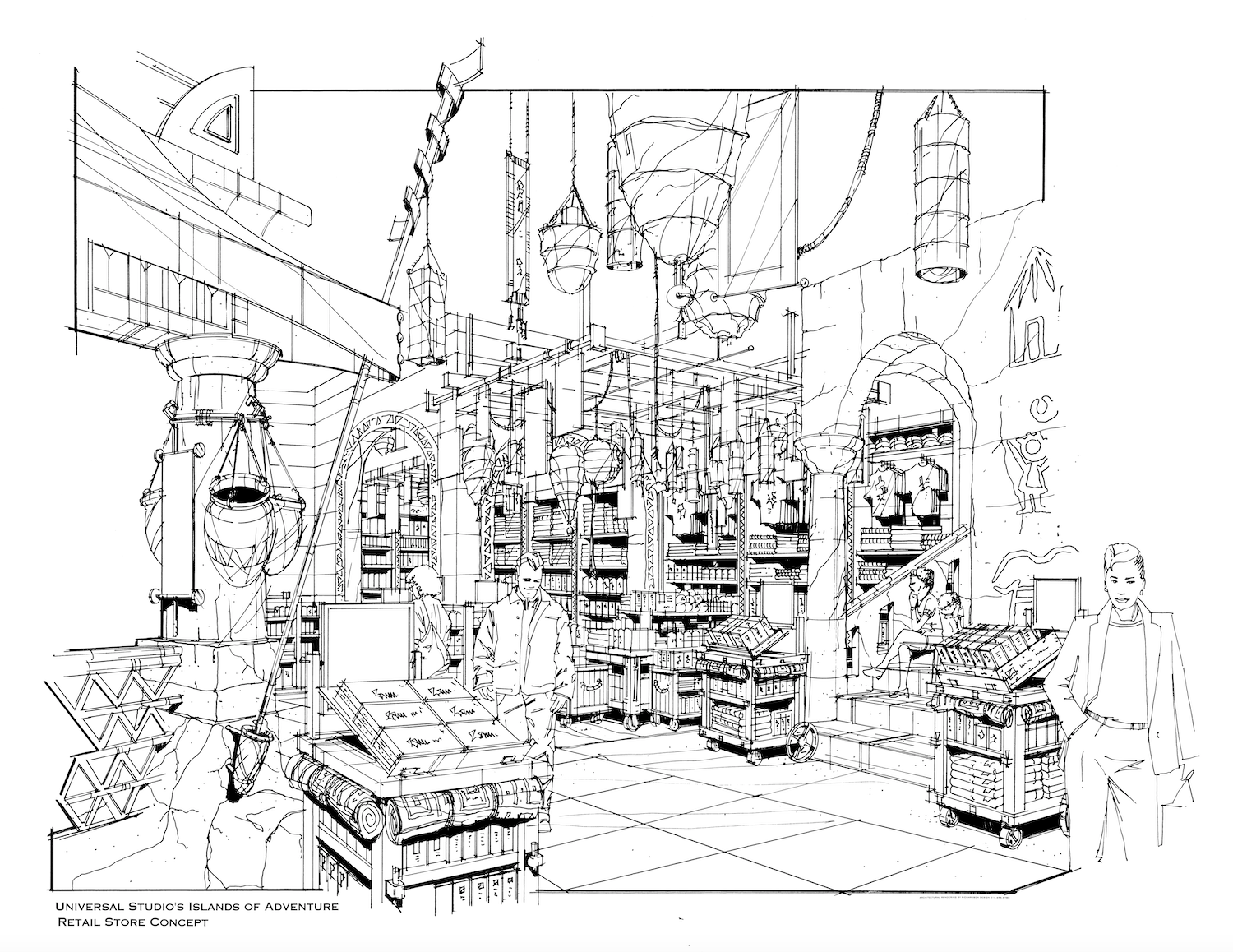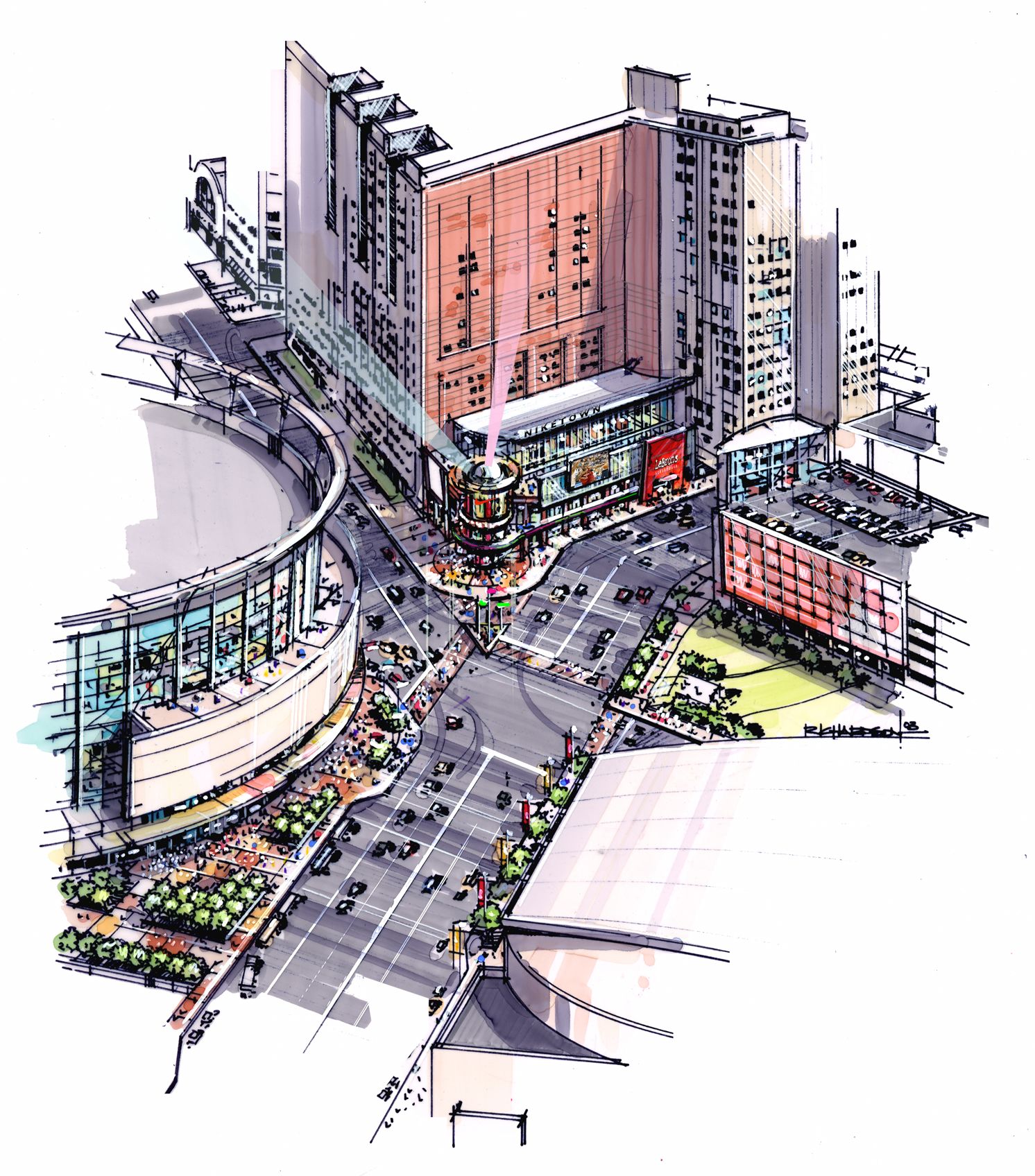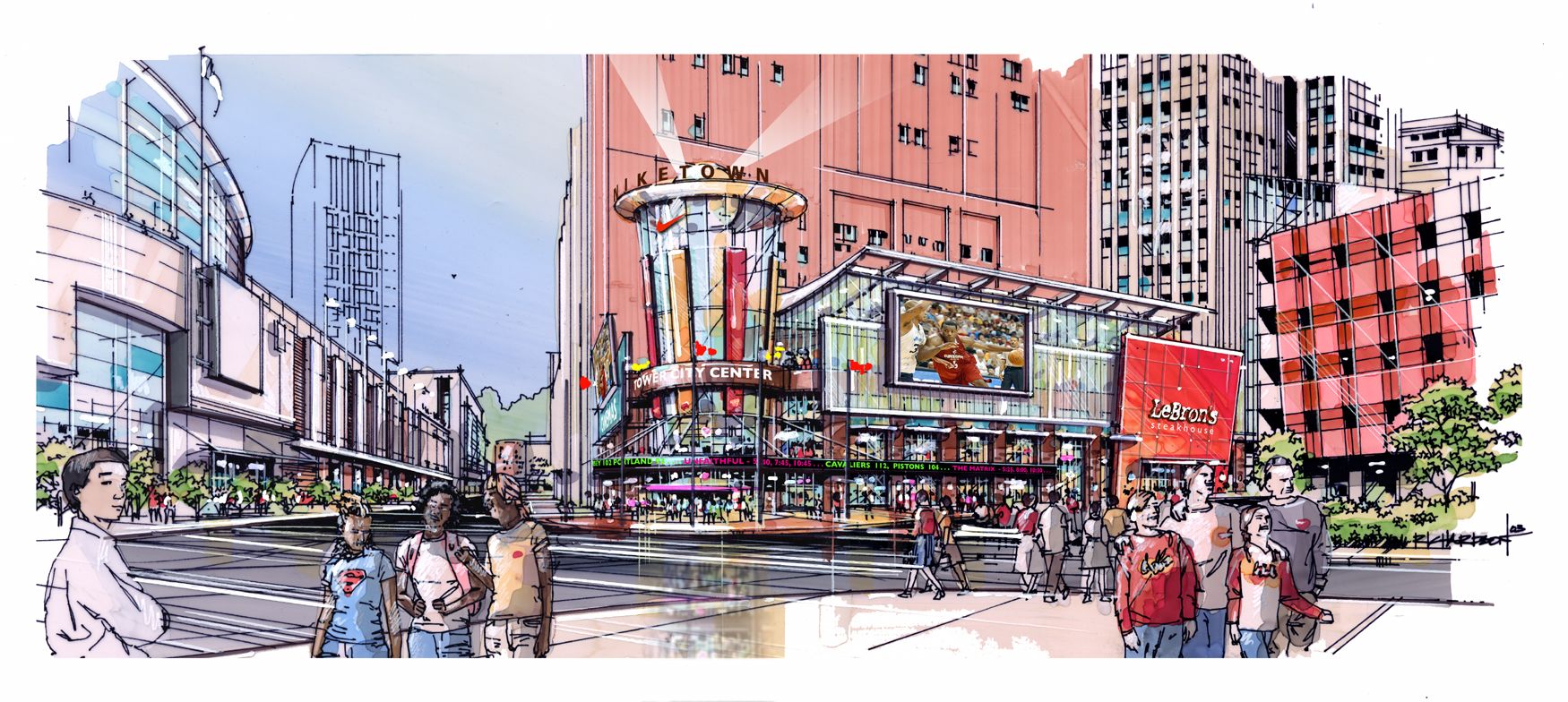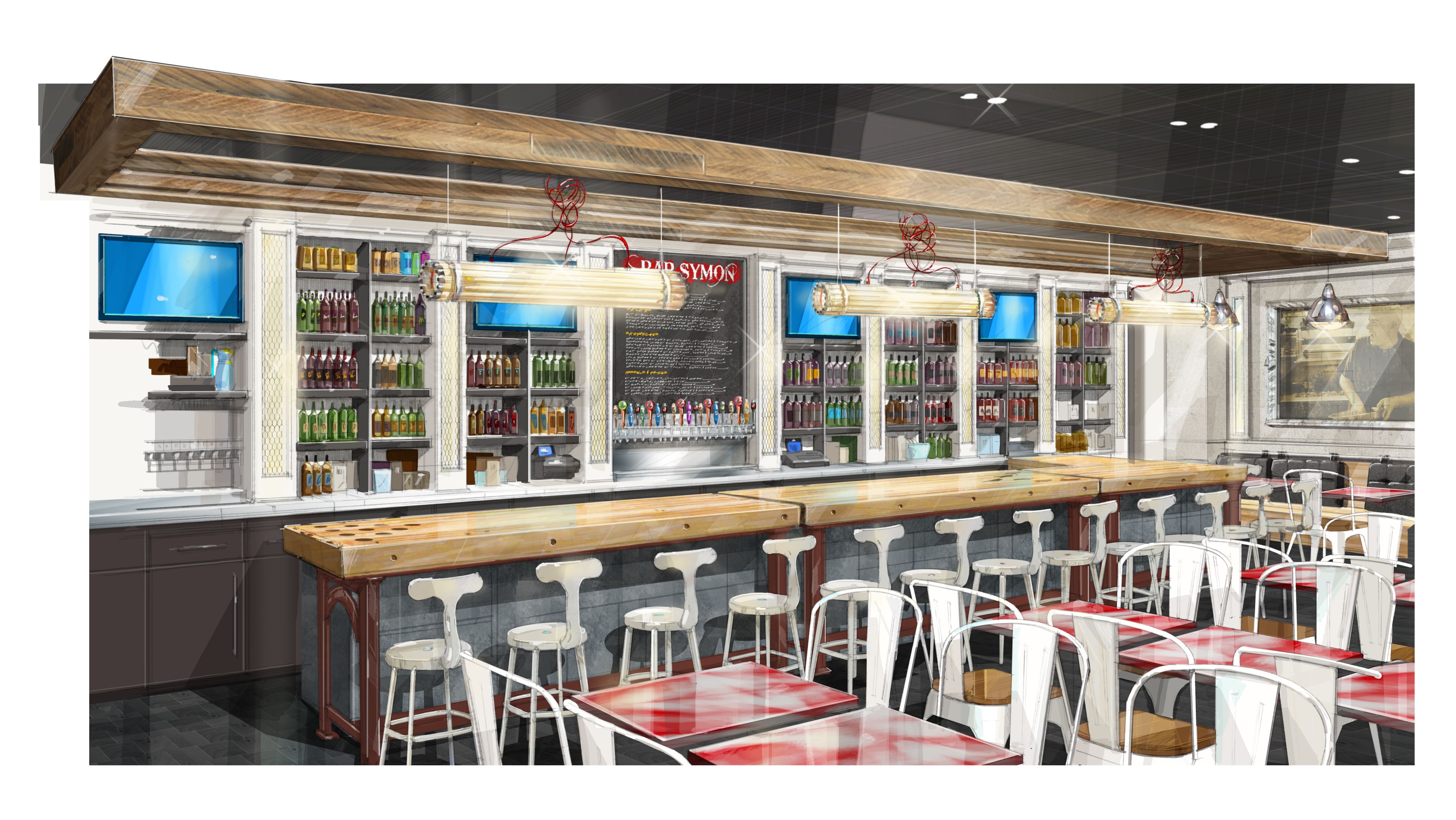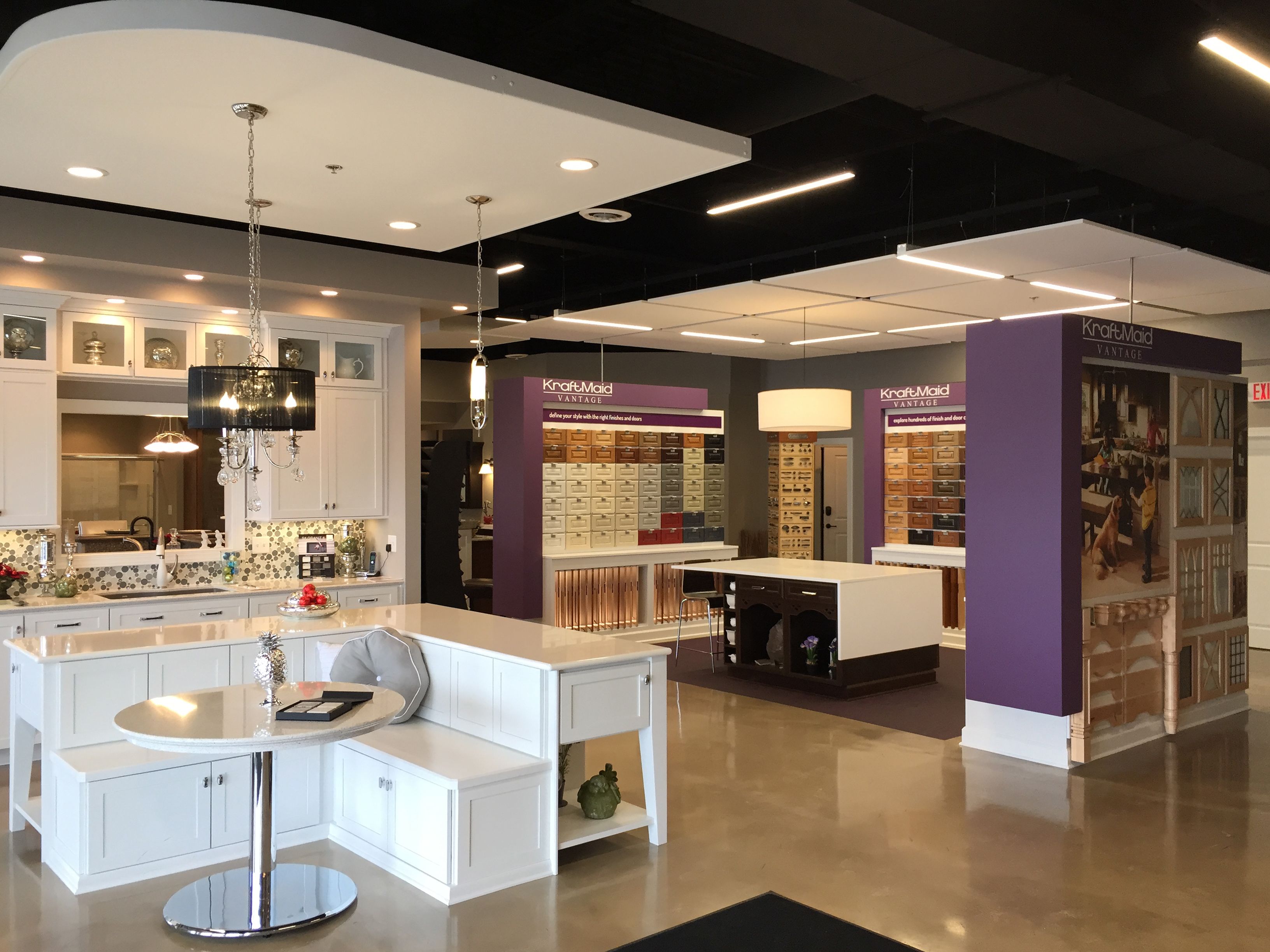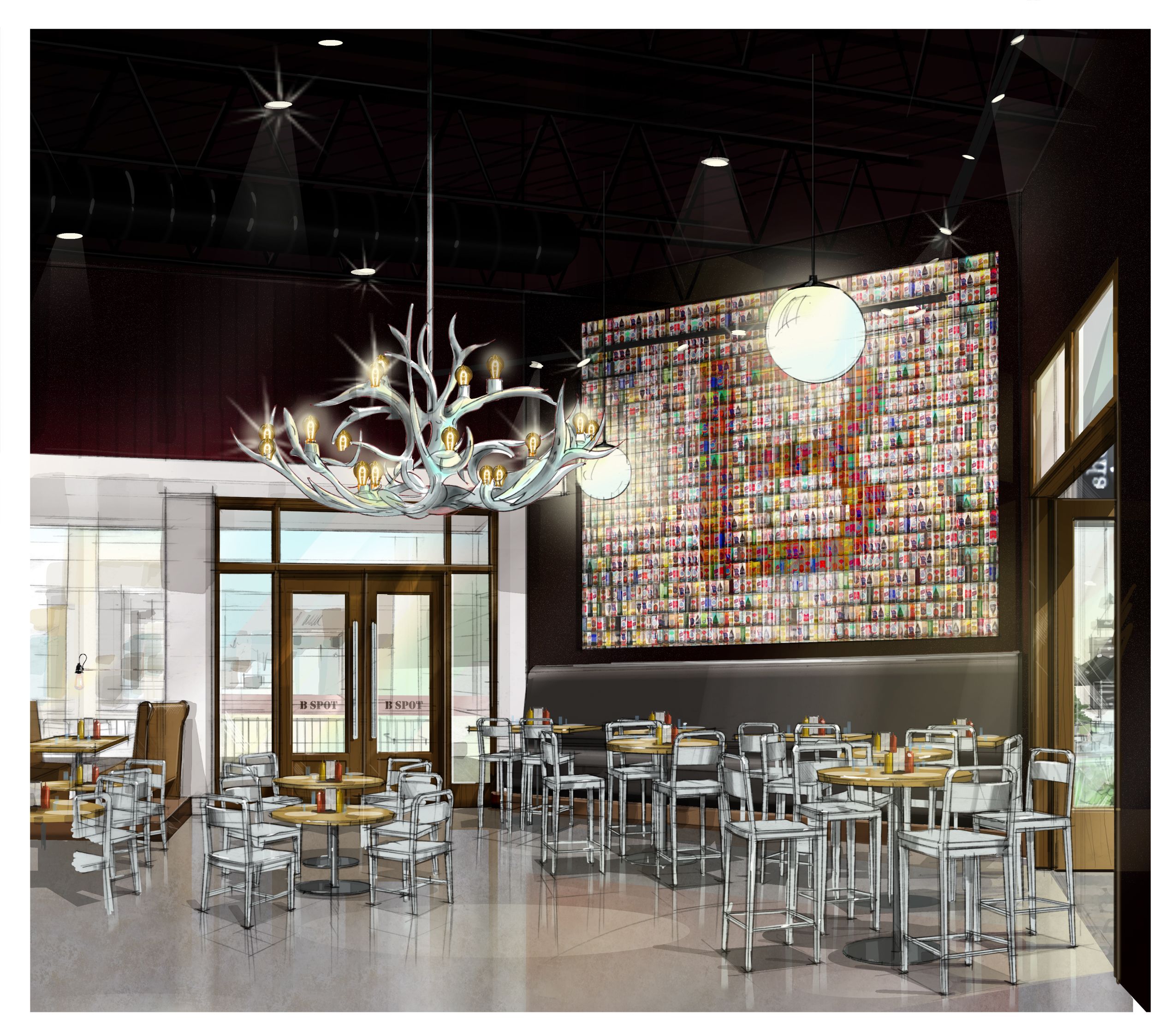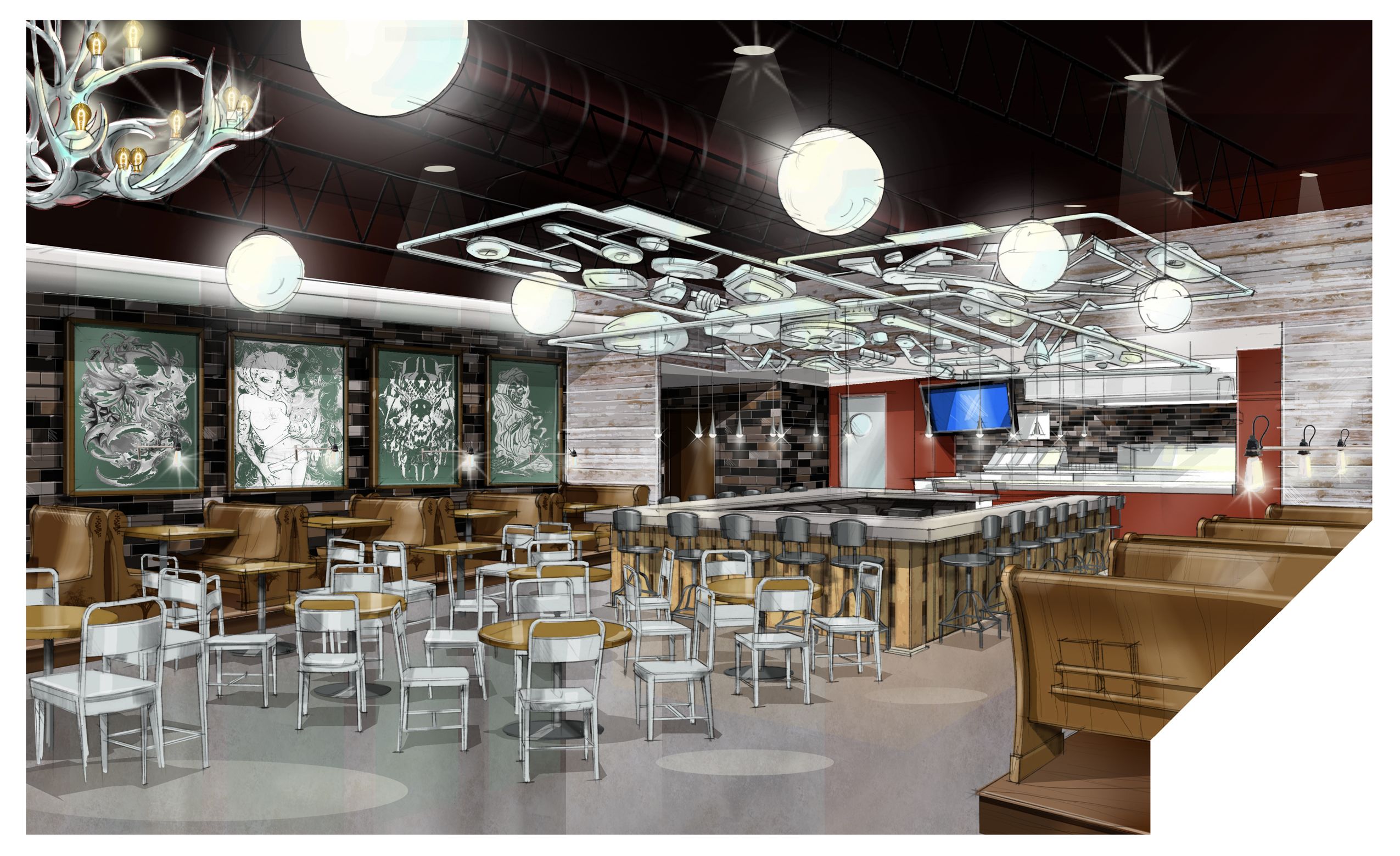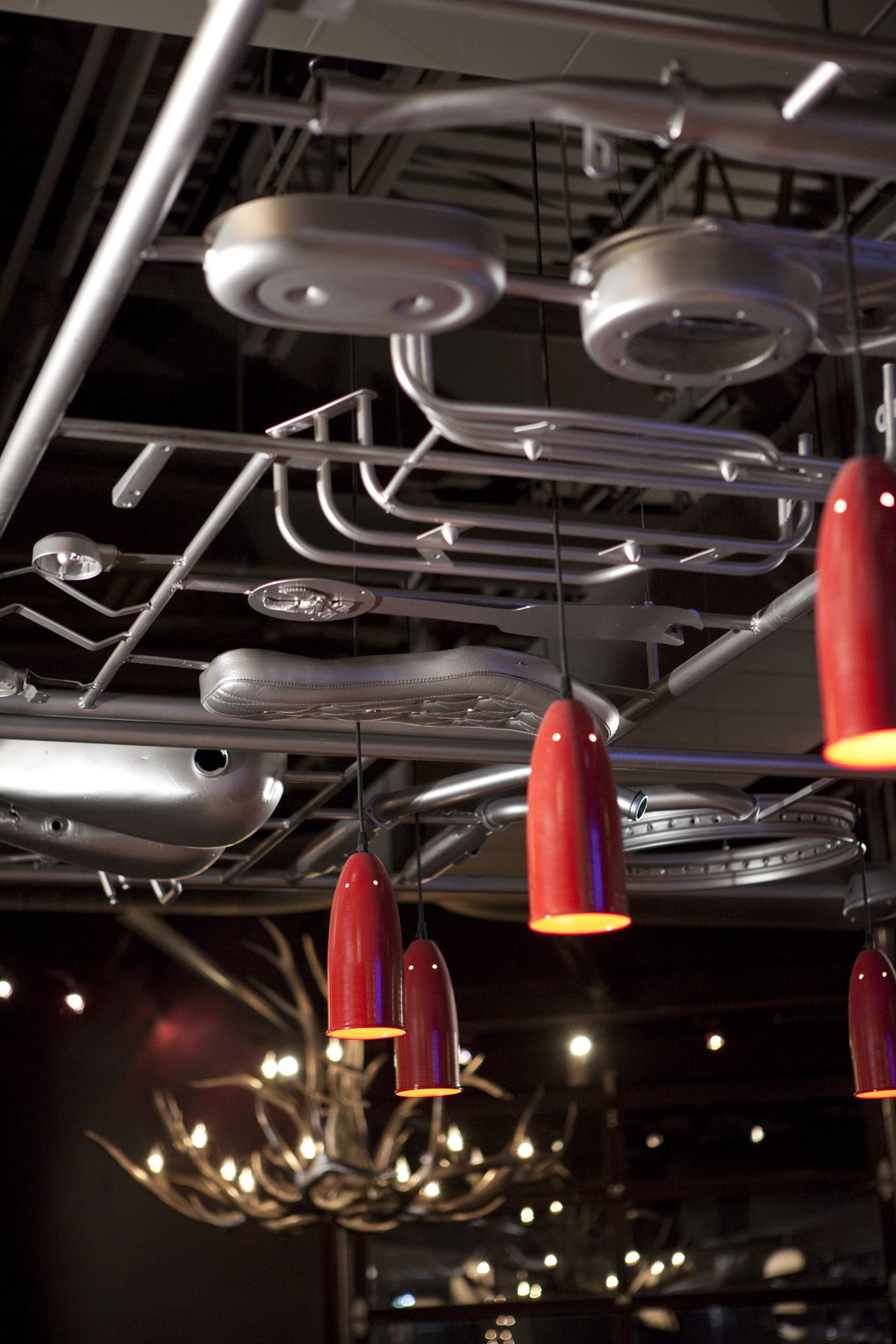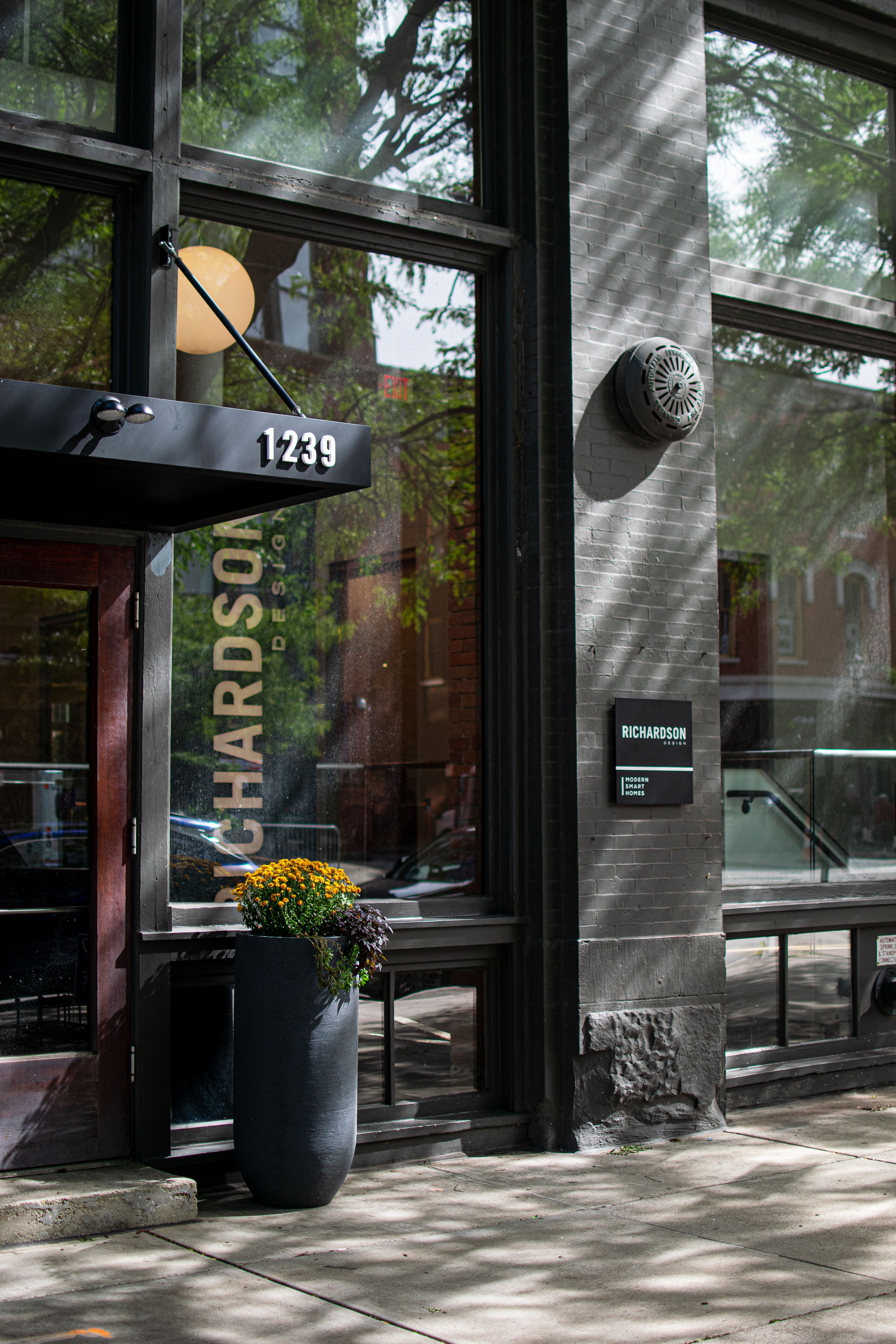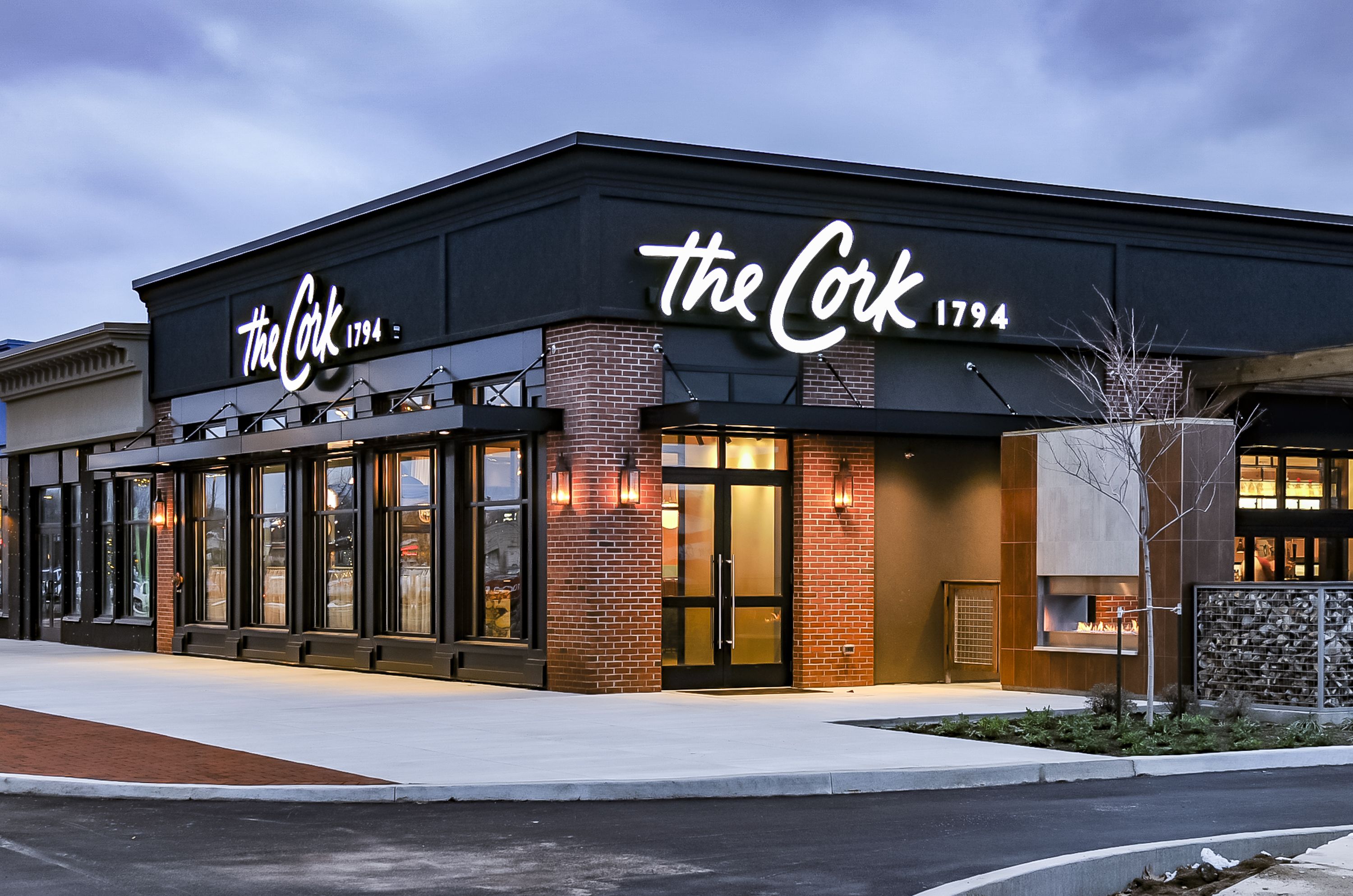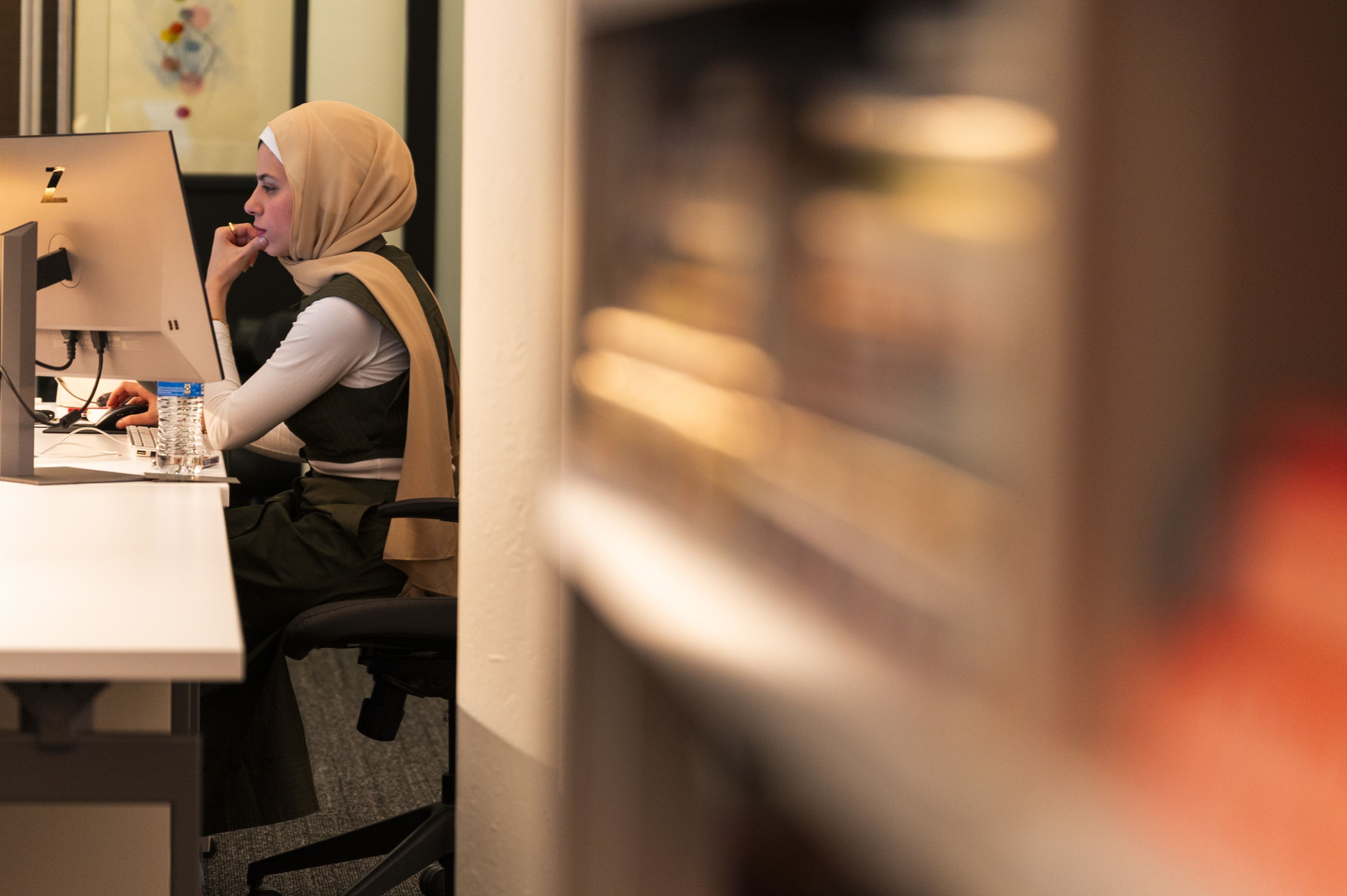Richardson Design: 30 Years of Growth & Resilience
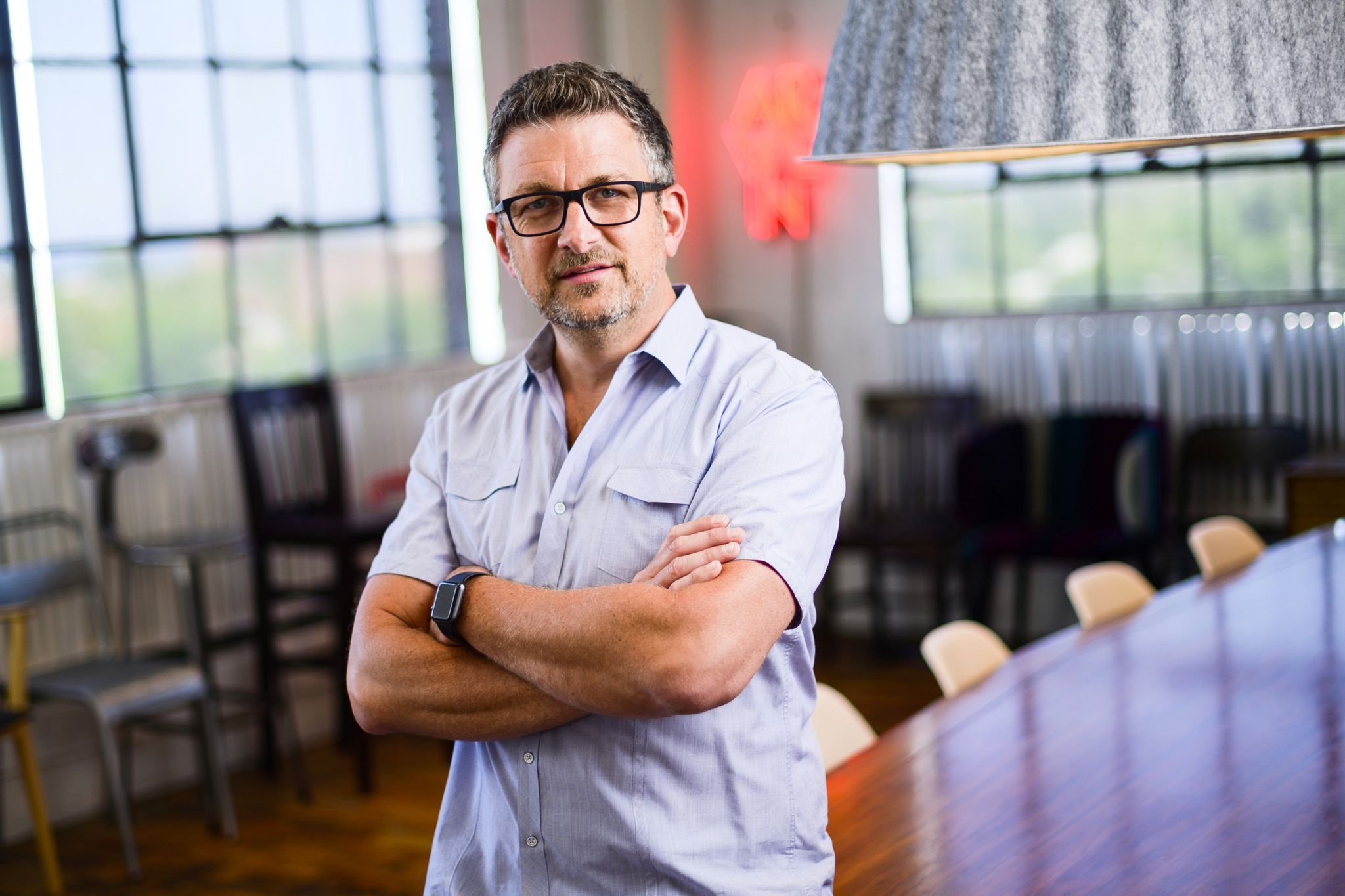
Meet Creative Entrepreneur Scott Richardson
Scott Richardson, Founder and Chief Creative Officer, summarizes the three decades—and three distinct phases—that represent the growth trajectory of Richardson Design. As a creative entrepreneur, he continues to successfully navigate the business landscape – one where only 25% of new businesses survive for 15 years or more. Today, the client base ranges from independent regional businesses to instantly recognizable names like Chef Michael Symon and corporate giants like Aramark, a global foodservice company.
The Winding Path of a Creative Entrepreneur
Creative entrepreneurs face unique challenges, and rarely have a straight-line path. Scott Richardson’s career is no exception. He started earning his business chops at age 26, honing his skills, making mistakes, working 70-hour weeks in his Tremont and Ohio City studios, and teaching on the college level. As he celebrates thirty years in business, he reflects on the three phases of building his design business.


AS TOLD BY SCOTT RICHARDSON
Speaking of People, Places & Projects
A great deal of credit goes to being in the right place at the right time—call it luck, happenstance, or kismet. The hard work came with making sure I capitalized on those good fortunes and put in the necessary work to make the best of the opportunities.
Several key individuals have been instrumental in the growth and success of this company, both as mentors and collaborators. My first two years at Fitch before starting RD were crucial, almost like attending graduate school. I learned how a large design company operated and gained insights into what to emulate and what to do differently. I credit Fitch for much of my success, as even after leaving, I continued to work as a paid consultant, furthering my learning. It was there that I met Christian Davies, a designer who had transferred from Fitch’s London office. We had an immediate working chemistry, understanding each other’s strengths and weaknesses, and collaborated on some of the most creative projects of my early career. To this day, Christian remains a close friend, confidant and occasional collaborator.
Next, I partnered with John Williams, a local architect, on a project in Cleveland, and we eventually shared office space in Ohio City during the late ’90s and early 2000s. John and I have a strong, honest relationship, freely sharing opinions about design. Our collaboration on The Century at the Ritz Carlton restaurant was particularly significant, boosting my confidence as a designer. John also introduced me to Kristie Oldham, who eventually became my employee and later, my business partner. Kristie is the professional yin to my crazy yang, bringing operational excellence to our studio.
The Century at the Ritz Carlton
The Century at the Ritz Carlton
My career took an unplanned turn in 1997 when Alex Sekely, my former professor at Cleveland Institute of Art (CIA), unexpectedly passed away. I suddenly found myself an adjunct college professor, a stint that lasted 15 years.
PHASE 1: CREATIVE FREELANCER
Blending Theory & Practice
A short sketch to start with
The 15 years I spent teaching helped me to codify my design process and pass it along to others (my students) in a way that was easy to follow and duplicate. But more importantly, it helped me communicate my process to current and future clients, taking the “mystery” out of the design for them.
When I started in the industry, design often came across as a somewhat elitist practice, but I think my demeanor of humility and patience, along with a simplification of the design process, made things very approachable for others. Also, I seem to have a knack for deeply listening to others and understanding their ideas, no matter how obscure they are. And, when I am able to build on the narrative and deliver something that is incredibly easy to visualize, things simplify for them. This is how I earned a lot of trust and still maintain those close client relationships decades later. My approach was entirely derived from teaching 20-something’s about design and it continues to serve us 30 years later.
Around 2009-2010, I had an amazing group of students who graduated from CIA, and they all fled Cleveland for jobs elsewhere. It was a huge loss for the city, and a catalyst for me do something about it. I began hiring former students then and continue to hire alums of CIA to this day. Over several years, I scaled back my teaching commitments, finally stepping away in 2013 to focus on building Richardson Design into something more substantial.
At this time, some of my first client relationships were helping to get my name around Cleveland as a creative/designer with a different approach. I knew I had a very unique and elite talent with my ability to draw and sketch my ideas and—most importantly—other designers’ ideas. Early on, I equated it to being like a songwriter for a famous singer. Think Bernie Taupin’s songwriting partnership with Elton John.
My idea was to be the behind-the-scenes guy and use my unique talents to get my foot in as many doors as possible. It worked, and my reputation grew.
I was able to cultivate local relationships that afforded me the opportunity to work on some incredible and potentially transformational (yet mostly unrealized) projects throughout the region. But more importantly, I learned even more about the industry and entrepreneurism. By sitting in the conference rooms and studios of numerous agencies and companies, I was able to be a “fly on the wall” to their studios, creative practices, business practices, etc. All of this informed me as I grew Richardson Design.
PHASE 2: DESIGN CONSULTANT
Setbacks and Self-Realization on the Road to Success
The digital rendering takes shape
There was a lot of self-discovery during the early phase of my career. As someone who is naturally averse to conflict, I learned that I needed to be better at setting boundaries, both creatively and operationally. I didn’t always value my time and my work as much as I should have. I would occasionally compromise myself and my process by taking on too much or settling for mediocrity with a “we’ll do it better next time” approach.
I also wasn’t the best at financial planning and saving in the early days—not many creatives are. Now, I've built a higher level of self-awareness and have learned how critical it is to surround myself with people who can make up for my areas of weakness. After our second daughter was born in 2001, my wife Jill left her sales career to come to work for the business full time. She brought finance skills, sales, marketing and discipline to the organization.
During this phase in our evolution, we were providing full-service design and rendering—a lot of ideation and conceptualization but were struggling to step out as a full-fledged “design firm”.
We met Michael Symon shortly after he won Iron Chef in 2008. He was in high demand as his stage grew larger and he needed a design firm that could grow with him. It was the perfect time for Richardson Design to showcase our talents—and it paid off. Our partnership gave RD instant credibility with a highly recognized celebrity brand, and we were doing some of the best work of my career.
From that point, opportunities began to present themselves more rapidly. Through Michael, we met Danielle Lazor, VP at Aramark, who brought us into the fold with her design and development team, and suddenly we had a growing national presence, in addition to many other local and regional brands who wanted Richardson Design at the table.
Concepts for Michael Symon's B Spot
Concepts for Michael Symon's B Spot
Concepts for Michael Symon's B Spot
Concepts for Michael Symon's B Spot
Custom Lighting for Michael Symon's B Spot
Custom Lighting for Michael Symon's B Spot
PHASE 3: CHIEF CREATIVE OFFICER
Design Firm Fully Visualized
Looking through the lens of 3D design
Technology has created an industry shift. I’m not sure I could have built the business I have now if I were starting today. When I started, I had an elite and sought-after talent to draw, render and ideate. Everything was done by hand, paper and marker style. With today’s technology, the creative process is still present, but you need to be far more of a computer technician. It's becoming more difficult to differentiate yourself from other designers because of advances in technology.
By building the right team, we’ve leveled up the work in every way. Our clients come to us with a vision—or sometimes only a budget—and we create their space’s story from scratch. We’ve learned the right questions to ask to uncover deeper and more meaningful inspiration in the discovery phase. We flesh out the details from concepts, sketches and 3D renderings to bring our designs to life, right before our clients’ eyes. Our designers use a myriad of software to transition 2D sketches to 3D renderings, offering a heightened level of depth and hyper-realistic elements to experience the style and flow of the finished space. This blend of technology and creativity has totally changed how we collaborate with clients—and they love it.
Thinking back to when I first started, I would’ve called you crazy if you had told me then the list of projects that I’ve had the pleasure of working on.
Our notable local clients, including the Cleveland Browns, Cleveland Cavaliers, Cleveland Zoo, Rock and Roll Hall of Fame, Great Lakes Brewery, Michael Symon, Aladdin’s, Playhouse Square and others, have given us a name in Cleveland even though our current portfolio is becoming more global.
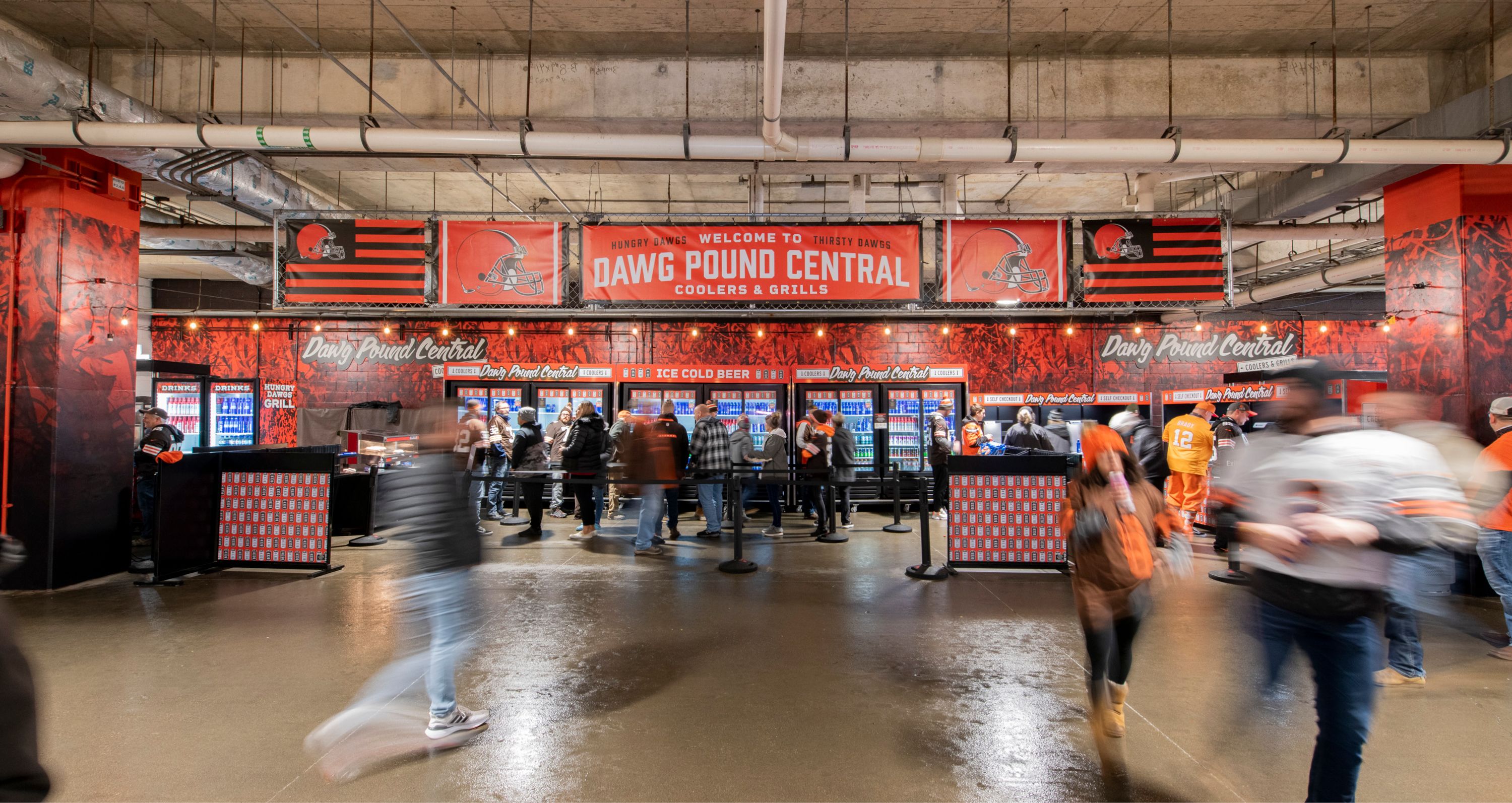

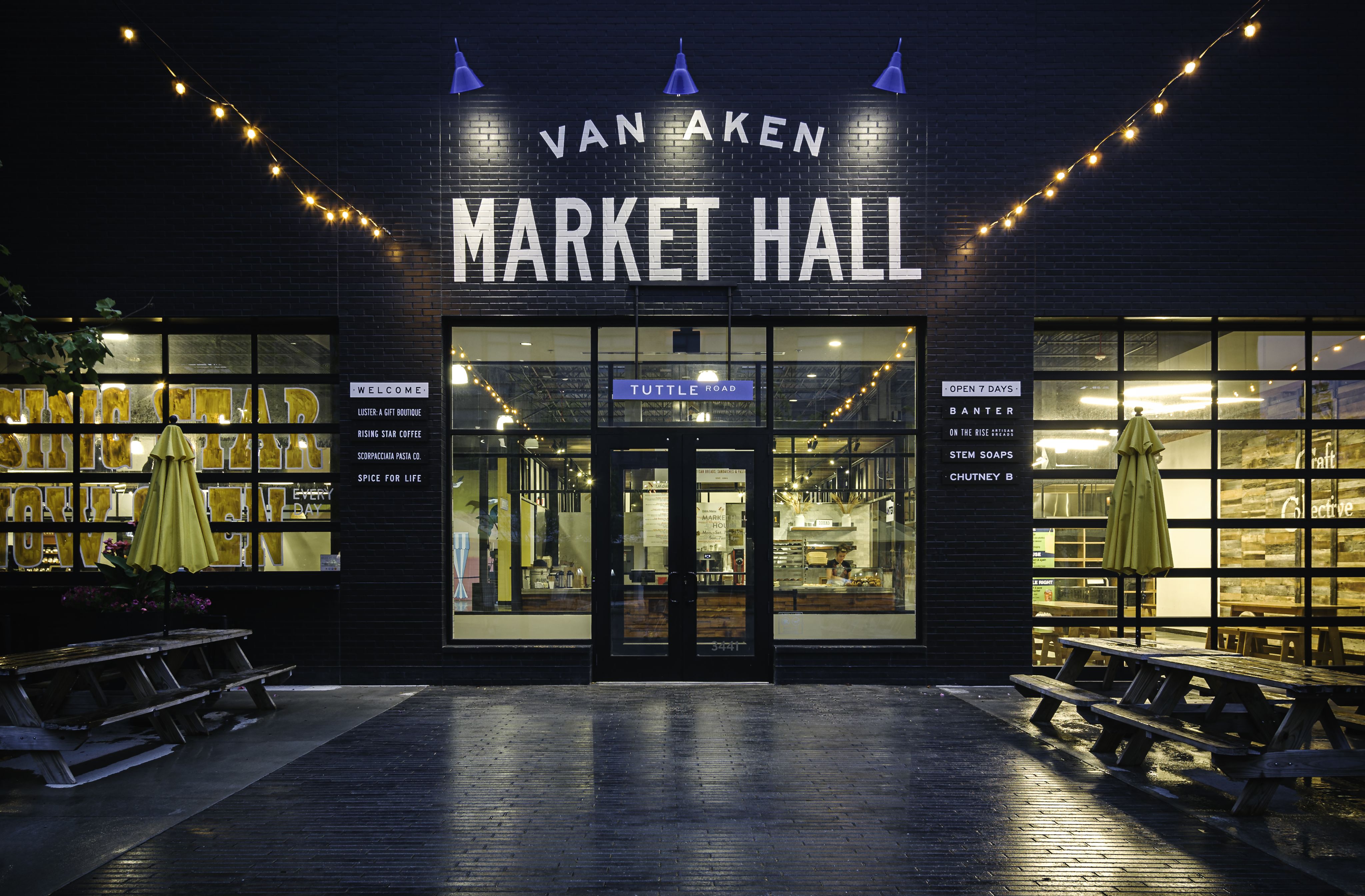

Over the last decade, I’ve refined the purpose of the business and hired talented people to allow me to step out of the daily operations. These days, I work on the business rather than in the business. I joined Entrepreneurs’ Organization to become a better leader and smarter entrepreneur, learning from my peers and their experiences.
I think the best sign of my success as a creative entrepreneur is that I still find joy in the work—and the 70-hour weeks are behind me.
Looking Back, Looking Forward
Looking backward:
In 1991, I was graduating from CIA and had to execute a senior thesis on a topic of my choice. I chose a renovation of Cleveland Municipal Stadium, the then home of the Browns and Indians. Flash forward 30 years later: Our biggest client is Aramark, and much of our work with them is designing for stadiums, arenas and cultural attractions. It's such a full circle realization for me. Just crazy...
Looking at the key individuals I owe the most to:
Jill Richardson is an amazing wife and partner. She’s been here from the beginning. She knows where I need support and when to back away and let me run with things. Richardson Design would not exist without her.
Kristie Oldham is a fantastic business partner, sort of my ‘work sister.’ We make a super team—we have our own unique talents and our strengths compliment the others’ weaknesses. As an occasionally scattered entrepreneur, I needed someone to bring systems and processes to the studio. Kristie, it turns out, is an operational machine.
The team. I can honestly say that the team we currently have assembled are some of the most creative individuals I have ever had the pleasure of being around. They all get along. They lean on each other and completely embrace learning new things. I am blown away every day!
Looking forward:
Just recently, someone asked me what the future of Richardson Design looks like. I immediately pointed to the studio. Design wise, we’ll always be about creating amazing places for people. We will continue to hone our craft and identify new and different opportunities that elevate the human spirit through great design. In the future, more than ever, we will experiment with new technologies and evolve our knowledge and processes with a sense of curiosity and joy.
Richardson Design has always been about looking at things differently and embracing—or even seeking—change.
Our team is incredibly talented and is doing creative work that far exceeds anything that I could have imagined us doing a decade ago. These days, my sole purpose is to set the tone, provide a safe and comfortable creative environment, and then feed them with even more exciting and challenging project opportunities. In essence, I provide the guardrails, but then get out of the way and let them drive; and it’s a thing of beauty to witness.
It’s taken me a long time to have a comfort level to step back and be more passive with the day-to-day operations of the company, but I am beginning to find my new groove and am gaining more comfort and confidence being the “visionary."
Designing the Living Legacy
Richardson Design is not slowing down. We’re accepting new projects for commercial design and brand experiences for hospitality and entertainment brands in the U.S. and beyond.
Contact our expert team to transform your design vision into reality.
Photography Credit: Richardson Design


